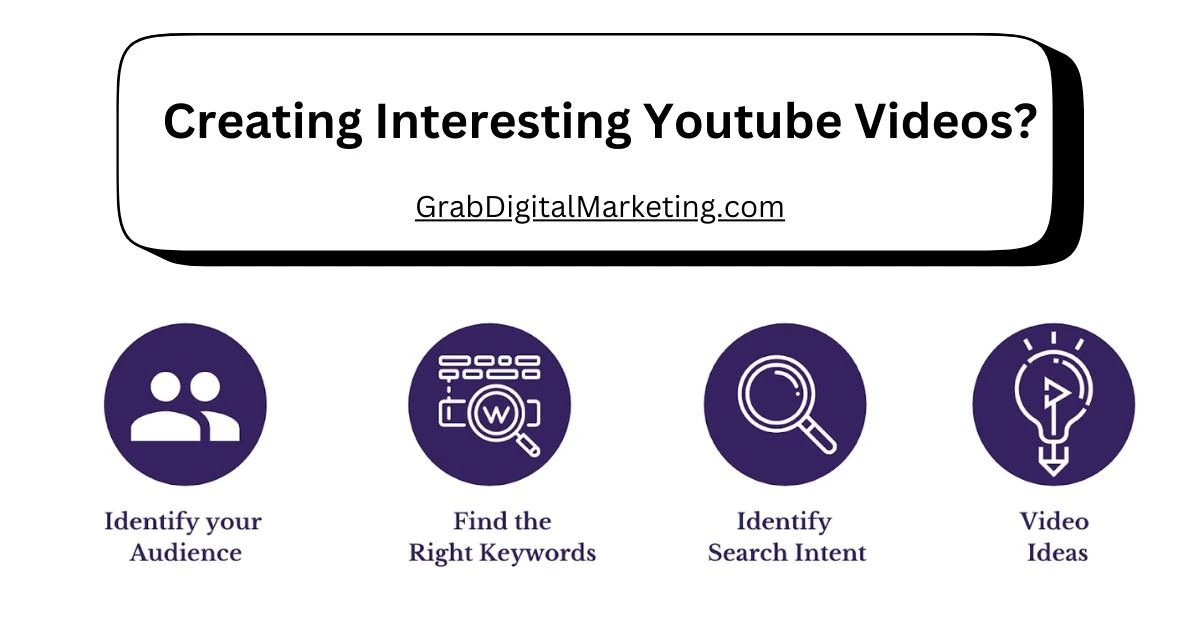How can you create interesting YouTube videos?
Creating interesting YouTube videos requires creativity, strategy, and audience awareness. Start by identifying your niche and understanding what your viewers want. Craft compelling stories with clear beginnings, engaging middles, and satisfying endings. Use high-quality visuals, clear audio, and professional editing to enhance production value. Strong thumbnails and SEO-optimized titles improve click-through rates. Hook viewers in the first few seconds with bold statements or intriguing questions. Keep content concise, well-paced, and visually dynamic.
Table of Contents
1. Understanding Your Audience

To make engaging videos, start by identifying your target audience. Ask yourself:
- Who are they? (Age, interests, location)
- What problems are they looking to solve?
- Which types of content do they enjoy most?
Understanding your audience means knowing who you’re talking to—what they care about, what problems they have, and what kind of content speaks to them. It’s like having a conversation instead of giving a lecture. When you know your audience, you can create videos, posts, or messages that matter to them. You start using the right tone, choosing topics they’re interested in, and answering questions they might be too shy to ask. It’s not about guessing—it’s about listening, observing, and sometimes just asking directly.
2. Choosing the Right Topic
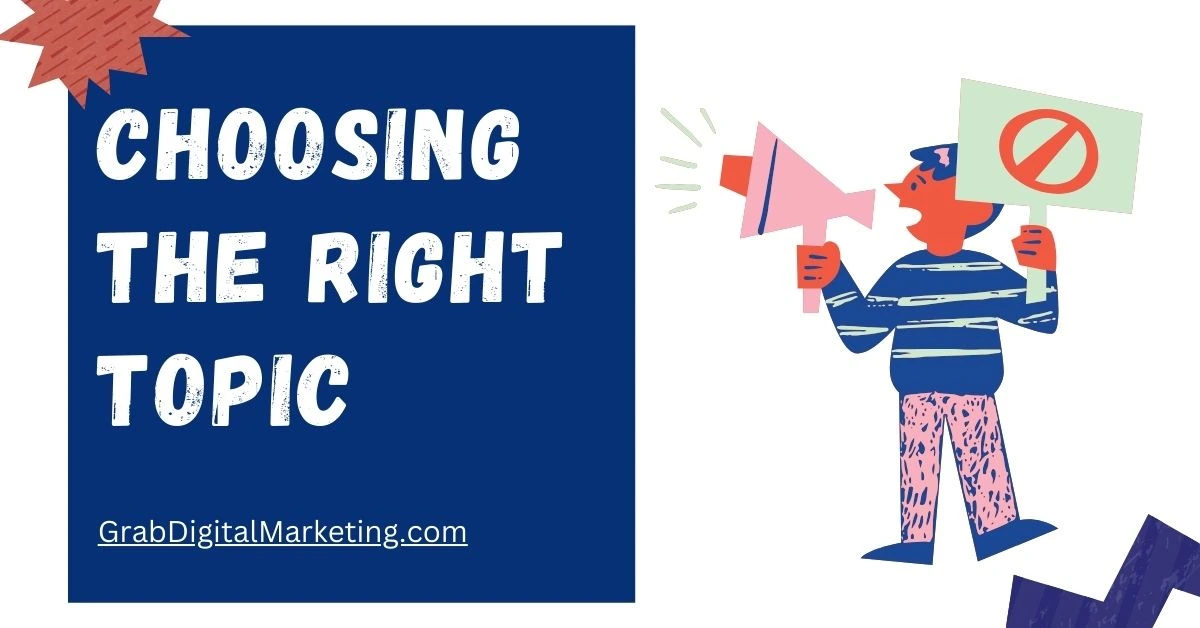
The right topic is crucial to standing out:
- Trending Topics: Cover recent trends, challenges, or viral content.
- Evergreen Content: Create videos that remain relevant over time (e.g., tutorials, DIYs, or motivational topics).
- Personal Passion: Make videos on subjects you genuinely enjoy; your enthusiasm will be contagious.
Pro Tip: Use tools like Google Trends, YouTube Analytics, or keyword research platforms to find what’s trending.
3. Crafting an Attention-Grabbing Title and Thumbnail
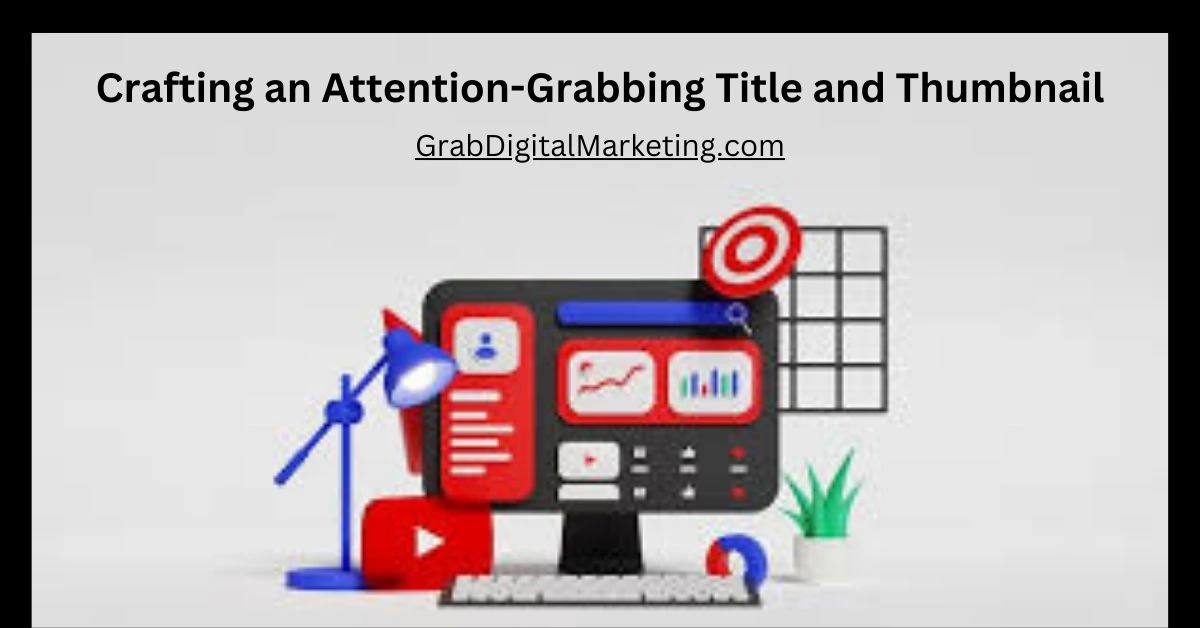
Creating an attention-grabbing title and thumbnail is one of the most important parts of making a successful YouTube video. Why? Because no matter how great your content is, people won’t watch it if they don’t feel curious or excited enough to click. Your title and thumbnail are the first impression—your video’s handshake, headline, and invitation all rolled into one. A strong title should be clear, intriguing, and relevant. It needs to tell people what the video is about while sparking enough curiosity to make them want to know more. You don’t need to clickbait (and you shouldn’t), but you do need to make it compelling. Think about what your viewer is looking for. Are they trying to solve a problem, be entertained, or learn something new? Use language that speaks directly to that. Titles that include numbers (“5 Tips for Faster Editing”), emotional triggers (“You Won’t Believe This Transformation”), or value-driven promises (“How to Grow on YouTube in 30 Days”) tend to perform well.
4. Planning and Scripting
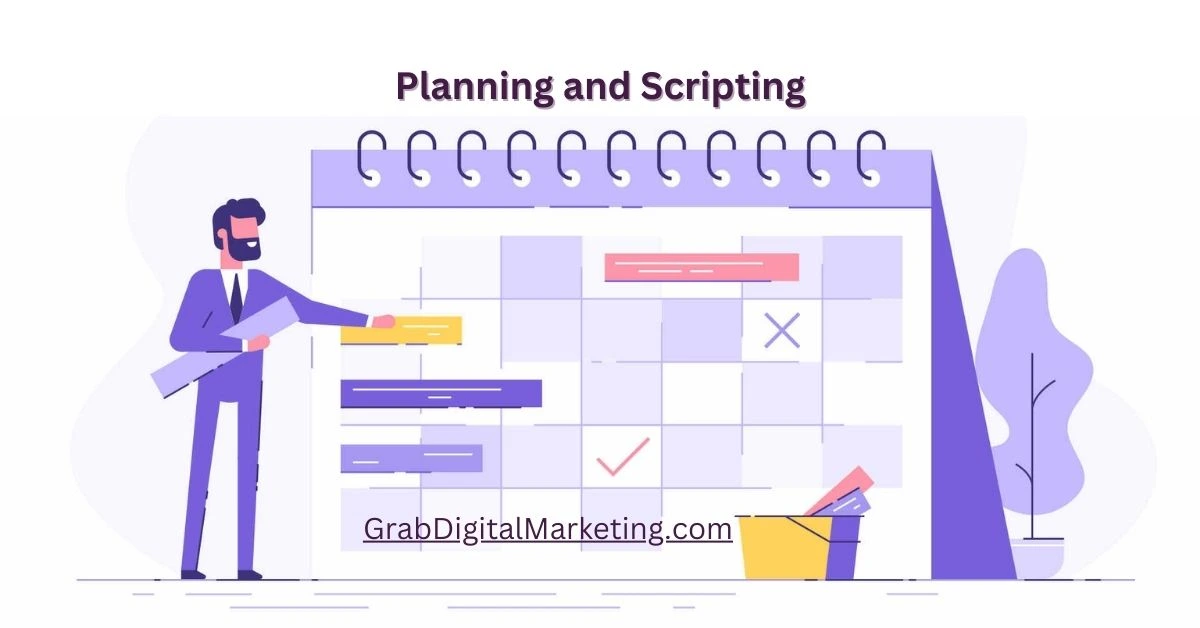
Planning avoids chaos and makes your video more structured:
- Write a script to organize your key points.
- Plan transitions and visuals in advance.
- Leave room for spontaneity to keep things authentic.
5. Investing in Quality Production

You don’t need Hollywood-level equipment, but good production quality goes a long way:
- Use a decent camera or smartphone with good resolution.
- Invest in proper lighting (like ring lights) and clear audio (external microphones work wonders).
- Keep your background clean and free of distractions.
Pro Tip: Natural lighting can often produce the best results for a professional look without breaking the bank.
6. The Power of Storytelling
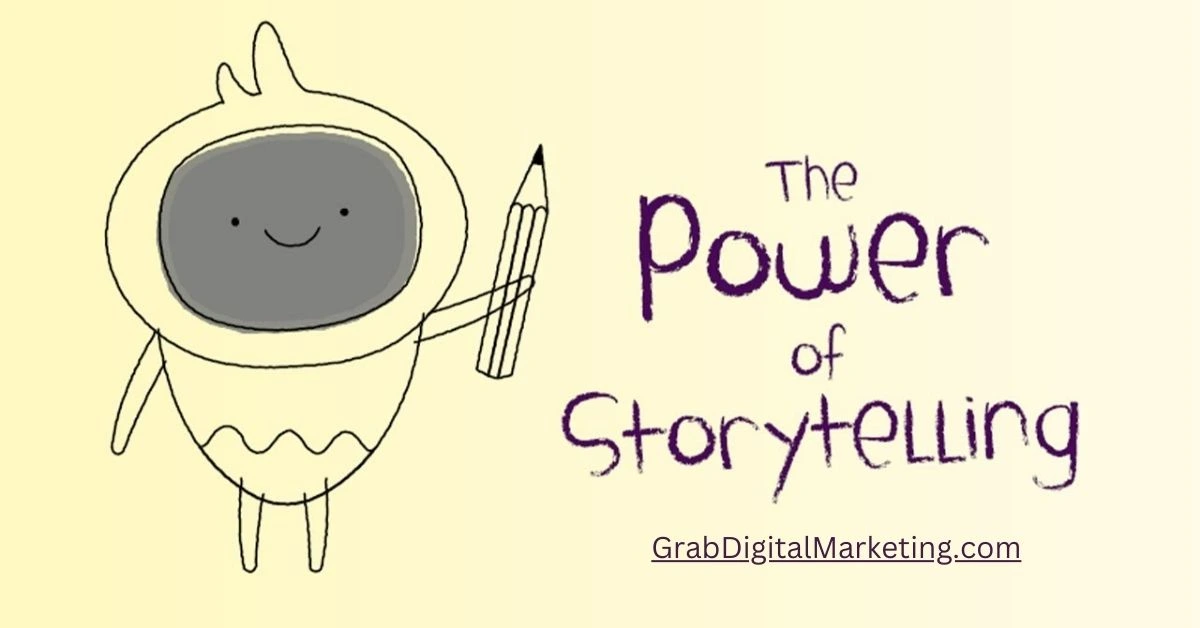
Storytelling is one of the most powerful tools we have as human beings—it’s how we connect, how we learn, and how we make sense of the world. Whether you’re creating content for YouTube, giving a speech, writing a blog, or just having a conversation, telling a good story can make all the difference in how your message is received. People don’t just remember facts or instructions; they remember how something made them feel. That’s what storytelling does—it adds emotion, meaning, and relatability to your message. A powerful story grabs attention, keeps people engaged, and leaves a lasting impression. Think about it: when someone shares a personal experience or walks you through a journey, it pulls you in. You want to know what happens next, how they overcame the challenge, what they learned. Storytelling helps people see themselves in your content—it creates empathy and connection. In marketing or social media, storytelling turns a product or idea into something people care about.
7. Editing Like a Pro
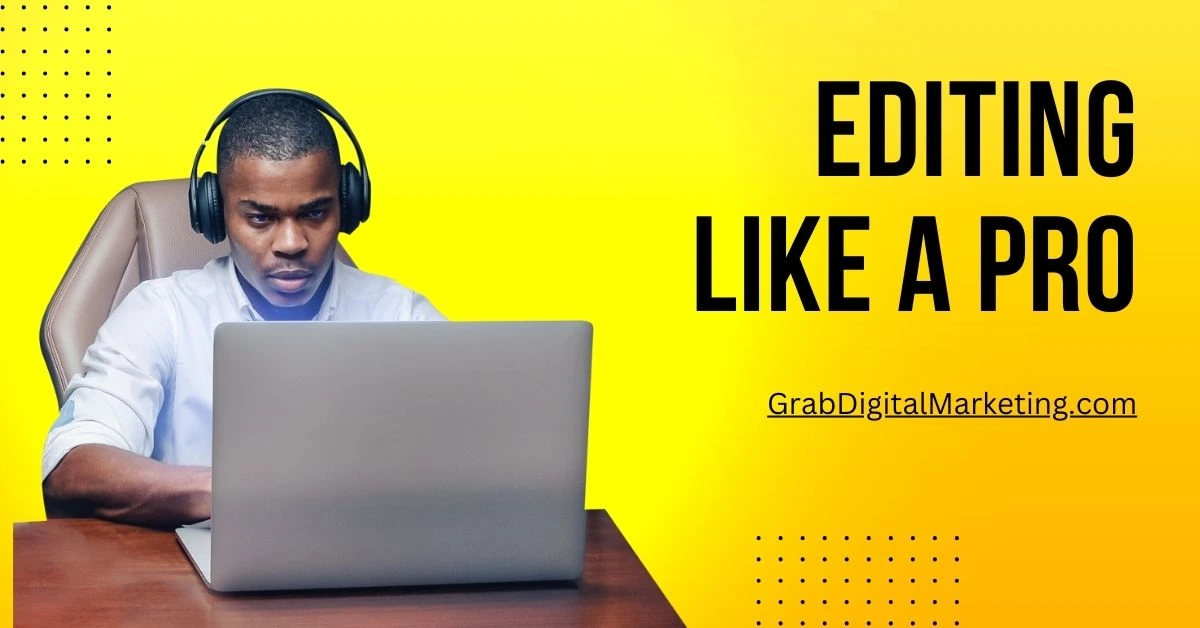
Editing is where your video truly comes to life:
- Use software like Adobe Premiere Pro, Final Cut Pro, or beginner-friendly options like iMovie or CapCut.
- Add engaging effects, transitions, and text overlays.
- Trim unnecessary content to keep your video concise.
- Use royalty-free music to set the tone.
8. Engaging with Your Audience

Interaction keeps viewers invested:
- Ask questions in your videos to encourage comments.
- Respond to comments to build a loyal community.
- Create polls or challenges to involve your audience directly.
Engaging with your audience is about creating meaningful connections through thoughtful communication. Whether you’re speaking, writing, or presenting, understanding your audience’s interests and needs is key. Active listening and responding with authenticity build trust and rapport. Storytelling adds depth, making your message memorable and relatable. Asking questions and encouraging participation keeps people involved, fostering a sense of community. In digital spaces, using engaging visuals, interactive polls, and personal touches strengthens engagement.
Wrapping It Up
Wrapping things up is about bringing clarity, cohesion, and a strong finish to any conversation or project. Whether it’s a discussion, a report, or a personal goal, summarizing key takeaways ensures lasting impact. Reflecting on progress helps solidify learning and identify the next steps. A well-structured conclusion reinforces purpose and leaves a lasting impression. In professional settings, a concise summary enhances communication and decision-making. In personal growth, closing chapters with insight builds momentum for future endeavors. Staying mindful of transitions helps maintain consistency and drive. Whether you’re closing a meeting, wrapping up a creative project, or ending a conversation, the goal is to leave with confidence, clarity, and readiness for what’s next. Keep refining, keep improving, and stay adaptable—each ending is simply a new beginning.

